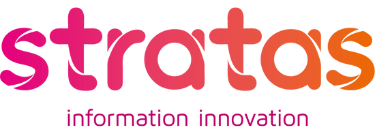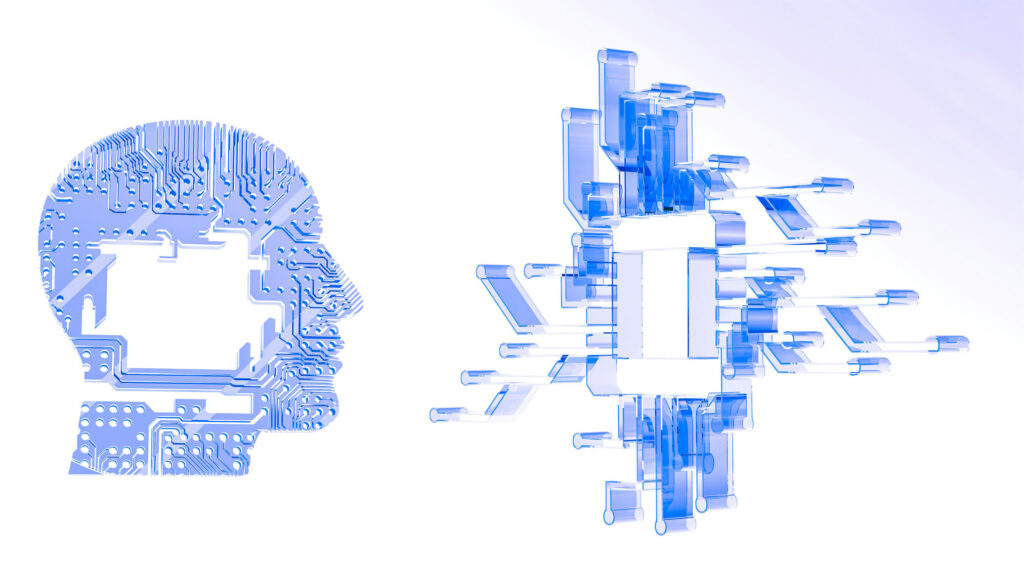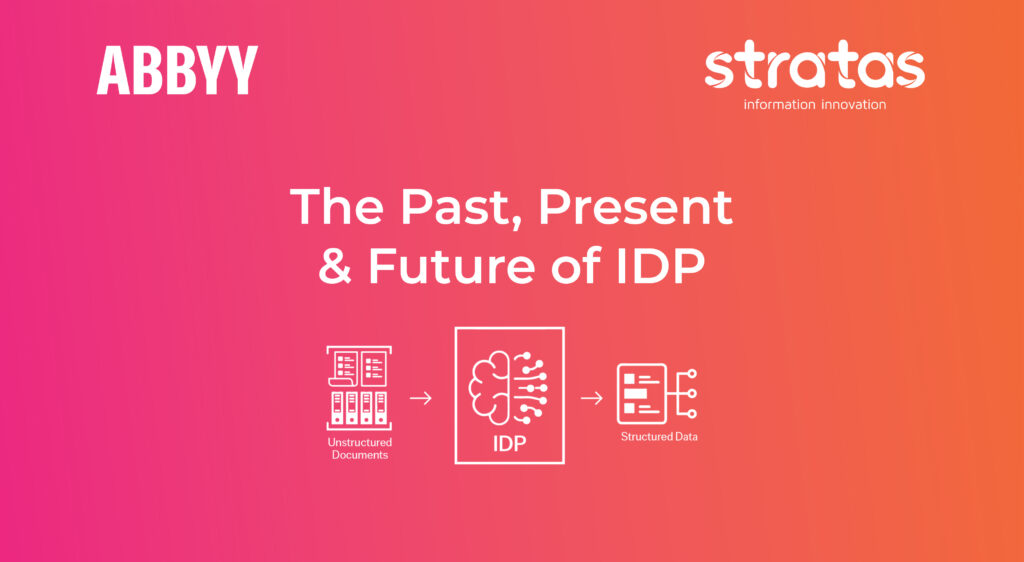What is a Document Management System (DMS)?
A document management system (DMS) is an automated business software solution used to organise, secure, store, capture, digitize, and tag business files.
How Does a DMS Work?
A recent article published by Business.com states that there are three main functions of a document management system — to capture, store and distribute documents.
What makes a good Document Management System?
– The ability to capture documents from any source
A DMS should be able to input documents and files from varied sources. Some sources might include:
- Scan, capture and digitise from paper files;
- Emails and attachments;
- External applications like CRM or ERP and
- User-generated content saved natively to the document management system.
Once documents are loaded into the DMS from whichever source, the DMS should feature a way to index and classify those documents — often with metadata.
– Serve as a central repository
A basic function of a DMS is to serve as the hub — the central repository — for company files. Many basic DMS require a massive migration project to move all business-critical documents into the system. More advanced intelligent information management solutions like M-Files connect to existing repositories — applying metadata and relationships to documents stored in other systems. With integrations, there’s no need for migration and the environments of other systems can remain undisturbed.
– Facilitate Document search and retrieval
A DMS should make information easy to find for users. With metadata, all files are tagged so that they can be found by a multitude of parameters. For example, metadata for an invoice might be tagged with:
- Parties to the invoice;
- Important dates;
- Amount;
- Business unit or department and
- Description of services rendered, or products purchased.
With all of that information attached to the document’s metadata, searches yield better results and users can retrieve documents faster and simpler. In M-Files, documents can be found using a Google-like search, which returns the most relevant files first.
What are the Main Features of an Effective Document Management System?
Search: An effective DMS helps users find documents and information based on document identifiers, metadata, relationships and content.
Metadata: 93% of workers are unable to find a document because it has been poorly named or filed. In a DMS, because information is tagged with metadata based on what it is, the same information can be searched for and found using different criteria depending on the use case. Unique information appears dynamically where it is needed without duplication.
Integrations: Many document management systems integrate with other business systems and repositories — email, network folders, CRM, ERP, legacy ECM and others.
Version control: Version control features ensure access to the latest version of a document. Version control and tracking make it easy to see what has changed, who did it and when the change was made.
Regulatory compliance support: If you operate in a regulated industry, a document management system can help reduce the risk of non-compliance. Users can automate audit trails and manage information and related workflows by compliance regulations.
Scalability: When selecting a document management system, a company should pay attention to the scalability of that system. Looking beyond current needs, find a DMS that has advanced features that accommodate business growth or change.
Security: A DMS should provide robust security features like access permission and control features, audit trails, federated authentication, enterprise file encryption in transit and at rest, intrusion detection, data loss prevention, high availability and more.
Usability: Since a DMS becomes core technology for the business, it’s important that the user experience is a great one — with easy accessibility, little to no downtime and simple-to-use features. Employees should be able to easily access, manage and navigate files.
Collaboration: A DMS should make it simple for users to share and collaborate on documents — with features like project document management, task tracking, workflows, co-authoring and easy sharing of documents between users.
Content intelligence: Some advanced document management systems employ artificial intelligence. Artificial intelligence can help classify documents by populating metadata fields, scanning files for certain data and separating business-critical data from clutter.
Workflows: Manually managing day-to-day processes isn’t a good use of time. A DMS with workflow automation helps ensure consistency by verifying that every step in a business process is followed. Automated workflows streamline common business processes — like contract approvals, controlled content, and invoicing — sending a notification when there’s a task to be handled.
Remote Work: A cloud-based DMS allows users to access files from anywhere and often from any device — enabling remote work anywhere: at the office, home, airport, hotel, coffee shop… anywhere.



